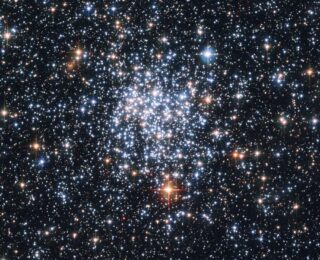
Playing football with galactic dust bunnies
Dust may not sound very exciting, but it’s incredibly important to astronomy. Today’s authors produce a 3D map of the Milky Way’s dust!

Dust may not sound very exciting, but it’s incredibly important to astronomy. Today’s authors produce a 3D map of the Milky Way’s dust!
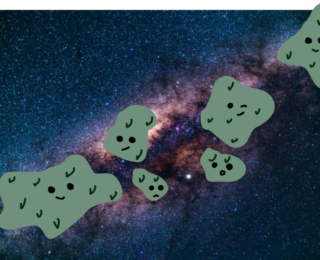
Today’s authors look for the origin of the blobby neutrino emission IceCube sees in the Milky Way!
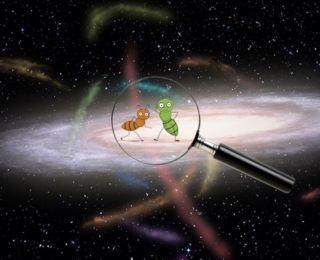
Today’s authors try to use the behavior of ants to model streams of stars in our galaxy!
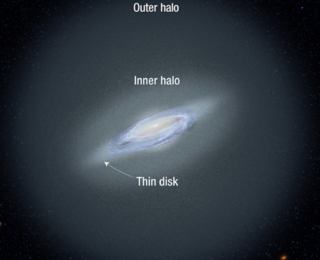
The authors of today’s paper use high-resolution spectroscopy to trace the origins of metal poor stars in the Milky Way Halo
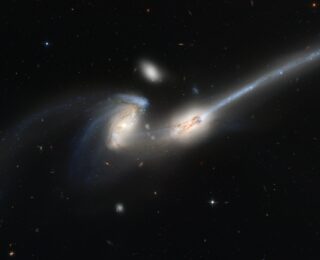
In today’s paper, learn how astronomers can identify merging galaxies and investigate the importance of these collisions over cosmic time.
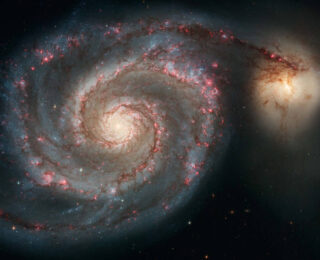
In today’s paper, astronomers show how massive collisions have shaped some of the properties of galaxies over time, giving insight into the formation of our own Milky Way.